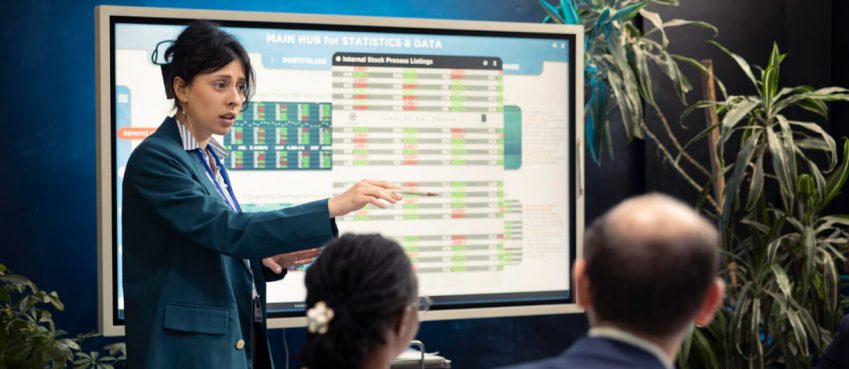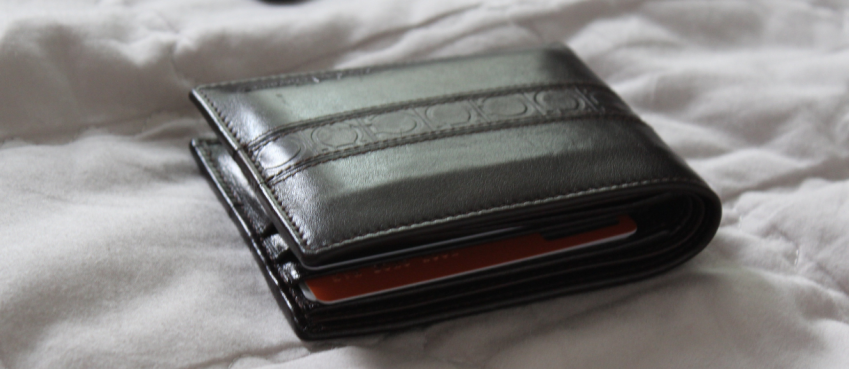
Cinematic shooting is a dream of every beginner either photographer or videographer, that they may want to do one day.
Likely, on social platforms such as Instagram, you may have seen various cinematic montages, videos, and footage that inspire people a lot.
Shooting cinematic video footage can be done through smartphones like iPhone 14 or any mid-range Android smartphone.
Approaching Mirrorless cameras gives you ample freedom when shooting cinematic videos or images because of the ample settings available.
It doesn’t matter that you are required to buy a camera to shoot cinematic videos.
Let’s learn how to shoot cinematic video footage in the easiest way.
Things To Remember When Shooting Cinematic Videos/Footage
Opt Best Settings
When shooting using smartphones, do check your settings optimal for the best cinematic output.
On the other hand, approaching a camera, do check your settings best fitted for cinematic results.
Generally, you have to give considerable attention to shutter speed, codec output, and frame per count.
In general, the best cinematic shutter speed is 1/48 if you’ve gone cinematic look by locale the frame rate to 24fps.
Study Lights
Lighting is an important part of filming because it can change the subtlety of the project greatly. Also, it delivers a great amount of impact to viewers.
If you have learned the lighting, you can level up the production value and could make great cinematic footage.
The rule of thumb is to find a combination of colors to add more depth to your subject. Orange and blue are the best and most great lighting combinations used in filming and cinematic shots.
Examine Camera Angles
Shooting at different angles gives your audience a thrilling experience and antidote to the scene, indeed. You may have seen this case of action in films.
Decide and plan the graph of your camera angle in advance to avoid struggle and temptation while shooting.
Don’t Zoom
But why? Does Zooming ruin my cinematic footage?
Well, not exactly but if doing so you may fail to call it cinematic footage.
Instead, many pro-cinematic artists use a technique called dollying (representing physically moving the entire camera towards the subject) which gives more natural movement and aesthetic.
7 Tips For Shooting Professional Cinematic Videos
That’s enough about side-talk. Let’s learn the tips that you could use in your project to make it more cinematic.
1. Shoot at 24fps
This is standard and commonly used in filming. Most hollywood-like movies have been shot at 24fps. The reason is it looks natural to the human eye and feels good.
However, this is not too-strict-rule to be followed. Try different shooting fps as per your project needs.
2. Shallow depth of field
Lessly looked and hardly noticeable for cinematic but it can make your cinematic more applaudable.
Use shallow depth of field meaning encountering a portion of the frame in focus without losing it fractionally.
You would get excellent quality of shallow depth of field on iPhone and mirrorless cameras, besides, DSLR gets out of focus very easily.
3. Shoot in RAW
To produce high-quality and LUT-kind cinematic output, begin processing your shoot in Raw Pixel Information (RPI) without involving any compression method.
However, these files could procure large file sizes but give you the ability to play above-fairly over the color for your video when editing through software.
4. Use color grade
Playing with colors has always been fun!
When you process your RAW footage and shoot it at software for editing, you get plenty of options and variations to play with colors as you like and want to present, considering the atmos.
5. Add a cinematic crop
Cinematic videos have different aspect ratios called cinematic scope or anamorphic which in turn show an aspect ratio of 2.39:1 or 21:9 ultrawide aspect ratio.
Trying to shoot cinematic, approach this pixel setting; 4096×1716 (“scope” or 2.39:1), 3996 x 2160 (“flat” or 1.85:1), and 4096×2160 (“full container”).
6. 180 degree shutter angle rule
This may sound unfamiliar but it is used especially for cinematic shoots.
A 180-degree shutter angle or shutter speed is the motion of the shutter that goes double your frame rate.
For instance, shooting at 24fps, your shutter speed would be 1/48. This produces more sharp and correct footage than other settings.
7. Choose the right music
Music is the heart of any video, so you should be careful in selecting and overlying the music on your video.
Think of your video and its situation, adding music accordingly enhances the experience.
Classical music in a sad scene, violin in a romantic scene, and dance music in a party scene; as examples.
Final Thought
Shooting a video using the best cinematic cameras is fun in itself as there are some learning curves. Working and understanding each of them would help me master cinematic video footage.
By looking at the tips on how to shoot cinematic video footage, you can shoot a perfect cinematic video.
Good luck and hope you find our blog helpful.
Top 10 News
-
01
[10 BEST] AI Influencer Generator Apps Trending Right Now
Monday March 17, 2025
-
02
The 10 Best Companies Providing Electric Fencing For Busines...
Tuesday March 11, 2025
-
03
Top 10 Social Security Fairness Act Benefits In 2025
Wednesday March 5, 2025
-
04
Top 10 AI Infrastructure Companies In The World
Tuesday February 11, 2025
-
05
What Are Top 10 Blood Thinners To Minimize Heart Disease?
Wednesday January 22, 2025
-
06
10 Top-Rated AI Hugging Video Generator (Turn Images Into Ki...
Monday December 23, 2024
-
07
10 Top-Rated Face Swap AI Tools (Swap Photo & Video Ins...
Friday December 20, 2024
-
08
10 Exciting iPhone 16 Features You Can Try Right Now
Tuesday November 19, 2024
-
09
10 Best Anatomy Apps For Physiologist Beginners
Tuesday November 12, 2024
-
10
Top 10 Websites And Apps Like Thumbtack
Tuesday November 5, 2024







